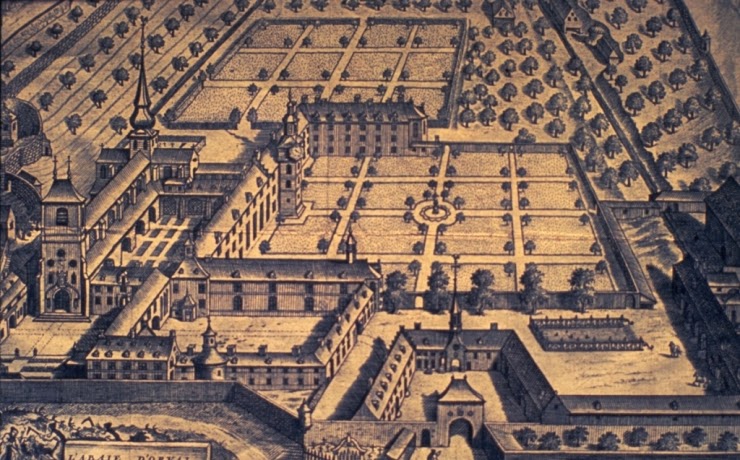Why I Brew Profile: Jesse
Czelusta
Noble Brewer recently sat down with
Jesse Czelusta, a San Francisco resident, who first started
homebrewing in 2002.
 |
| Homebrewer Jesse Czelusta |
How did you start brewing?
I started in grad school. A friend of
mine was in charge of planning social events and would buy brewing
supplies and make beers for parties. I thought it was amazing he
could make something so delicious, so I wanted to figure out how to do
it myself and began brewing with him and experimenting with a lot of
beer styles.
After grad school, I stopped brewing
until my now-wife asked for homebrewing equipment for her birthday. I
was excited. I thought she was going to make delicious beer for us;
however she failed to mention I was actually the one who would be
brewing. But I can’t complain, my apartment always has beer.
With so many great beers available
in San Francisco, why do you still brew?
It’s something that’s egalitarian,
that anyone can do it with a stove, bucket and pot. For me, it’s an
experience, similar to why I like cooking, that allows me to be
creative, throw things together and create something new. There’s
some risk it won’t turn out as I wanted, but those failures are what
make the successes so much better. And it’s not that the failures
are bad, they’re just not as good, I mean it’s still beer. It’s
hard to make a beer as good as the best commercial styles, but it’s
not hard to make a beer that makes you happy especially since you can
brew it to your taste.
When you factor in the amount of time
it takes to make beer, it may not be that much cheaper than running
to the store and buying something, but it’s fun and a good way to
spend an afternoon with friends. I’m always happiest when I have 15
gallons of beer fermenting in the kitchen.
How do you feel about sharing beer
you’ve made with others?
Beer is made to be shared, but I like
sharing best with people who will appreciate it and let me know what
they think. I often find that I’m my own worst critic. Sometimes
it’s hard to get your friends to tell you what they really think, so
to combat that I’ll often slip in a homebrew without telling them
what it is to see their reaction. It’s often better than you fear.
Do you feel it’s difficult to
brew?
It’s as difficult as you want to make
it, you can stress about every detail, but you don’t need to. For
beginning homebrewers, I’d tell them not to shoot for perfection
and to expect the unexpected, things won’t go perfectly but that’s
the fun part because it will still be ok. As you brew more and get
the fundamentals down, you can experiment with ingredients because
they are very different and can have major effects. It’s something
you should enjoy, as Charlie Papazian said “Relax. Don’t Worry.
Have a Homebrew.”
What’s your advice for people
thinking of brewing for the first time?
Go to the store buy a 12 pack and then
head to the homebrew store. Don’t worry about finding a recipe;
just tell them to hook you up with ingredients for a beer and they’ll
take care of you.
Any 12 pack in particular?
Racer 5, the labels come off easy and
you’ll need bottles in a few weeks. It’s also quite tasty.
Best Beer you’ve made?
It was actually the beer I brewed for
our wedding. It was a double chocolate milk stout. I had made it 6 or
7 times before and it was always very good, but it just came out
perfect this time. It’s on the stronger side, has some lactose in
it to give it the smooth creaminess you expect in a milk stout, and a
double dose of chocolate, one at the end of the boil and the next in
secondary.
Favorite beer?
I don’t have one, but my favorite
style is probably a Belgian Triple.
Actually, the best beer I’ve ever had
was made by my buddy who introduced me to homebrewing. It was a
Blueberry Sour made with Brettanomyces. It was amazing, but it was
kind of an accident and I don’t think he’s ever tried to make it
again. That’s the great thing with homebrew, you can have a unique
experience which keeps you experimenting.
So have you ever had anything go
wrong brewing?
Exploding bottles are fun. Lots of
moving furniture, finding glass, and cleaning beer of the ceiling, but
thankfully that’s only happened twice. A few times, beers have not
turned out well, like when I threw all my leftover hops into an IPA
with the thought that you can’t have too many hops. Turns out you
can. Overall though, nothing major, it’s pretty easy to make decent
beer.
Noble Brewer is a subscription based
club whose members receive quarterly shipments of beer inspired by
award winning homebrewers. Based in Oakland, California, its members
learn the homebrewer’s story, their inspiration behind the creation
their best recipes. For more information, visit
www.NobleBrewerBeer.com, or follow them on Facebook or Twitter. Membership spots are limited, so sign up today!










